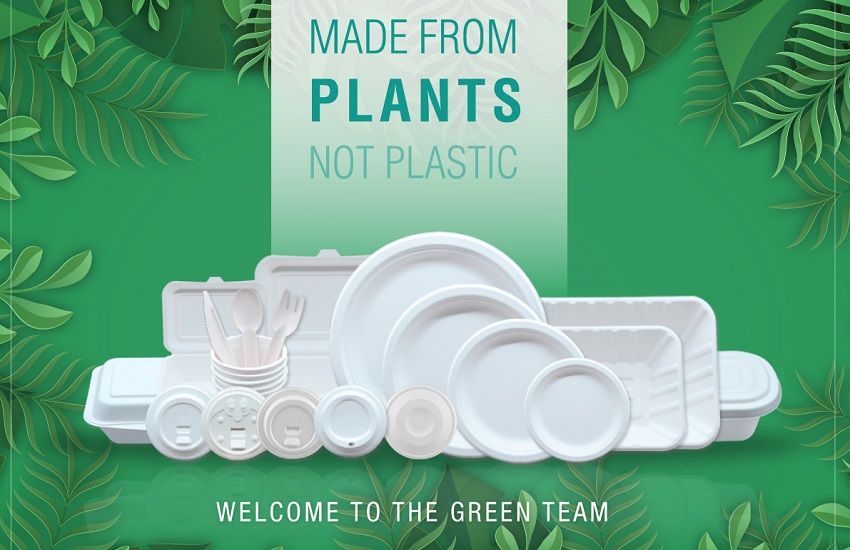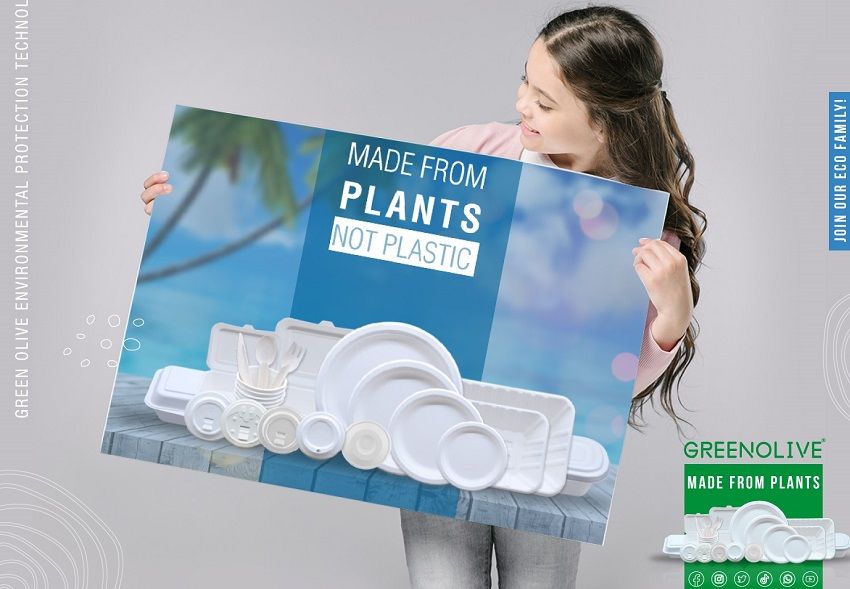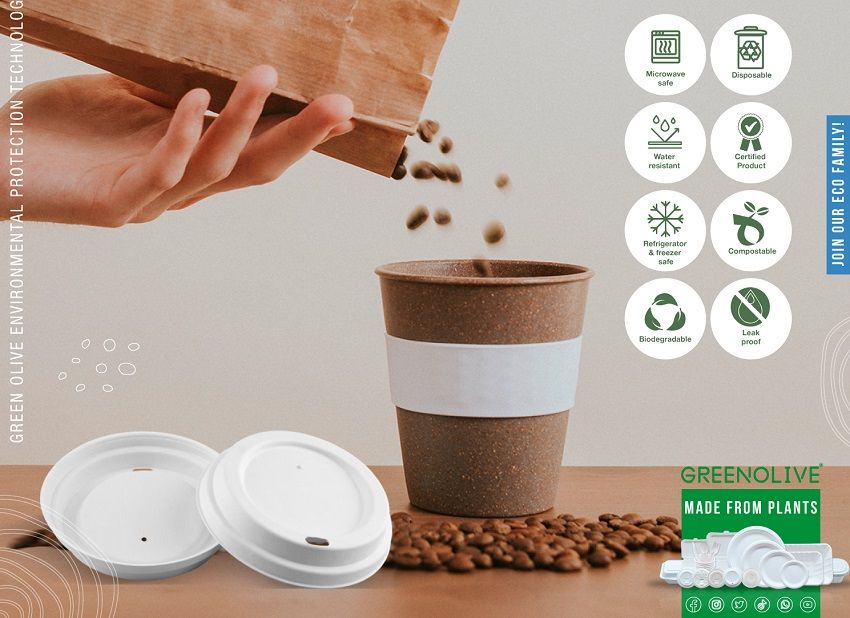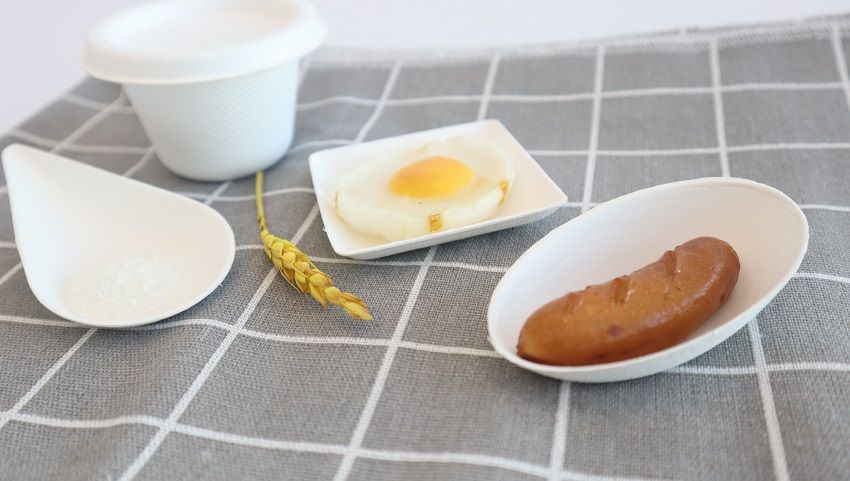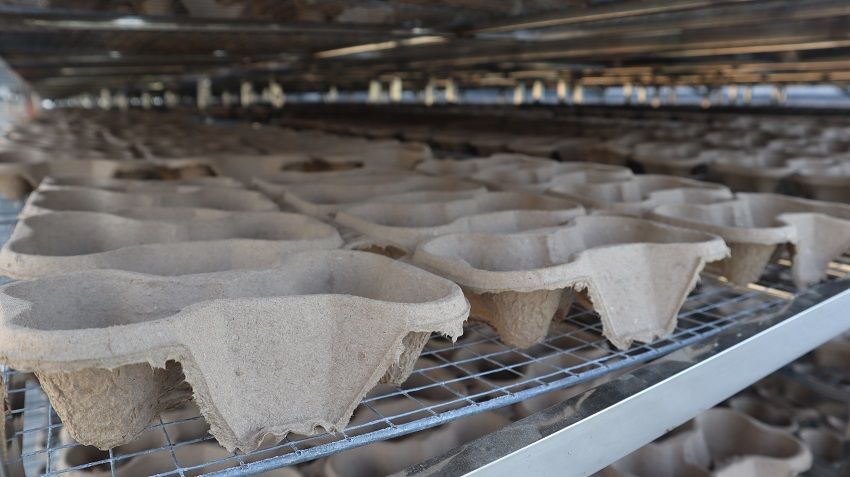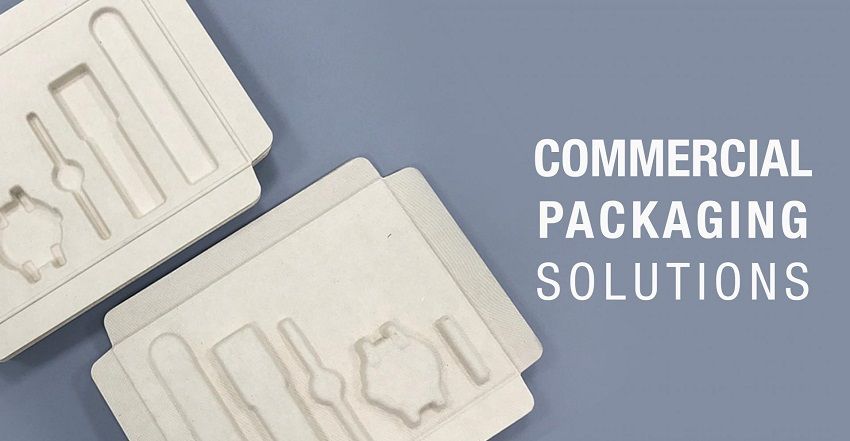The different between pulp moulding and paper making
As a member of the paper packaging products family, pulp moulding products, with its production technology continues to progress, the product performance of the uneven perfect, the production scale continues to expand, the use of the scope of continuous expansion, it is in the commodity packaging of the important role of more and more fully out of the original show. Pulp moulding is a new paper technology developed on the basis of the production process of paper and cardboard. The raw materials, technology and equipment used in the production process of pulp moulding products are closely related to the paper production process. Pinwall country members to now you (1) production of raw materials are basically the same. Pulp moulding production and paper and cardboard production can use the basic raw materials of paper, such as reeds, bagasse, wheat grass, bamboo and other herbaceous plant fiber pulp or waste paper recycling pulp. The chemical additives used in the production process are also basically the same, such as retention aids, filter aids, wet strength agents, dry strength agents, water repellents, oil repellents, dyes and whitening agents. But pulp moulding for raw material performance requirements and paper different, such as the requirements of raw materials after forming stiffness, not easy to deformation, such as sugar cane bagasse pulp copied out of the paper has brittle, not very good paper raw materials, but for pulp moulding is very suitable, there are straw type of raw materials also have the same situation, along with the rapid development of the pulp moulding industry and the expansion of market demand, to straw type, bamboo, sugar cane bagasse, etc. Sugarcane bagasse and other paper industry less used raw materials, but also in the pulp moulding industry will shine.
(2) The raw material handling process and equipment is basically the same. For example, the use of waste paper raw materials to produce cardboard, to go through the waste paper sorting, hydraulic pulper crushing solution, pulper or mill grinding pulp, pulp sizing, pulp conditioning and other processes, and then pumped to the paper machine through the paper sheet forming, pressing dehydration, drying cylinder drying processes into finished paper. Pulp moulding production using grass pulp or waste paper raw materials, but also through the hydraulic pulper crushing, pulper or grinder grinding, pulp sizing, pulp conditioning and other processes, and then transported to the paper moulding machine for forming, extrusion dehydration, drying and other processes, to become a qualified pulp moulding products. The raw material handling equipment in the two production processes can even be common, only in terms of forming and drying equipment is different.
(3) Forming principles are similar, but the forms and equipment used for forming are completely different. Pulp moulding production and paper and board production are both shaped using wet forming methods, and then dehydrated and dried into finished products. The difference between the production process of pulp moulding and the traditional paper production process is that: paper or cardboard is in the wet part of the paper machine will be pulp “spray to” (long net paper machine) or “fishing” (round net paper machine) forming network (metal or plastic mesh) on the dehydration molding, wet Paper sheets and dried products are continuous flat strips and rolled into a reel form, as shown in Figure 1-1; while pulp moulded products are “fetched” in the forming machine and dewatered on the forming net mould (with metal mesh attached to the mould), and wet paper blanks are mostly intermittently output in single pieces, with the finished product being a standing material or container, as shown in Figure
(4) Forming and drying equipment is different. Paper or cardboard copying machine – generally is relatively large, forming and drying continuous into one piece of equipment, as shown in Figure 1-3 for the long network paper machine structure schematic; and pulp moulding machine and dryer can be set up separately, alone or combined for production, as shown above.
In summary, it can be argued that pulp moulding is a three-dimensional papermaking technology developed on the basis of the traditional papermaking process, and with the development of the economy and the progress of science and technology, this three-dimensional papermaking technology is also being gradually developed and improved.”

